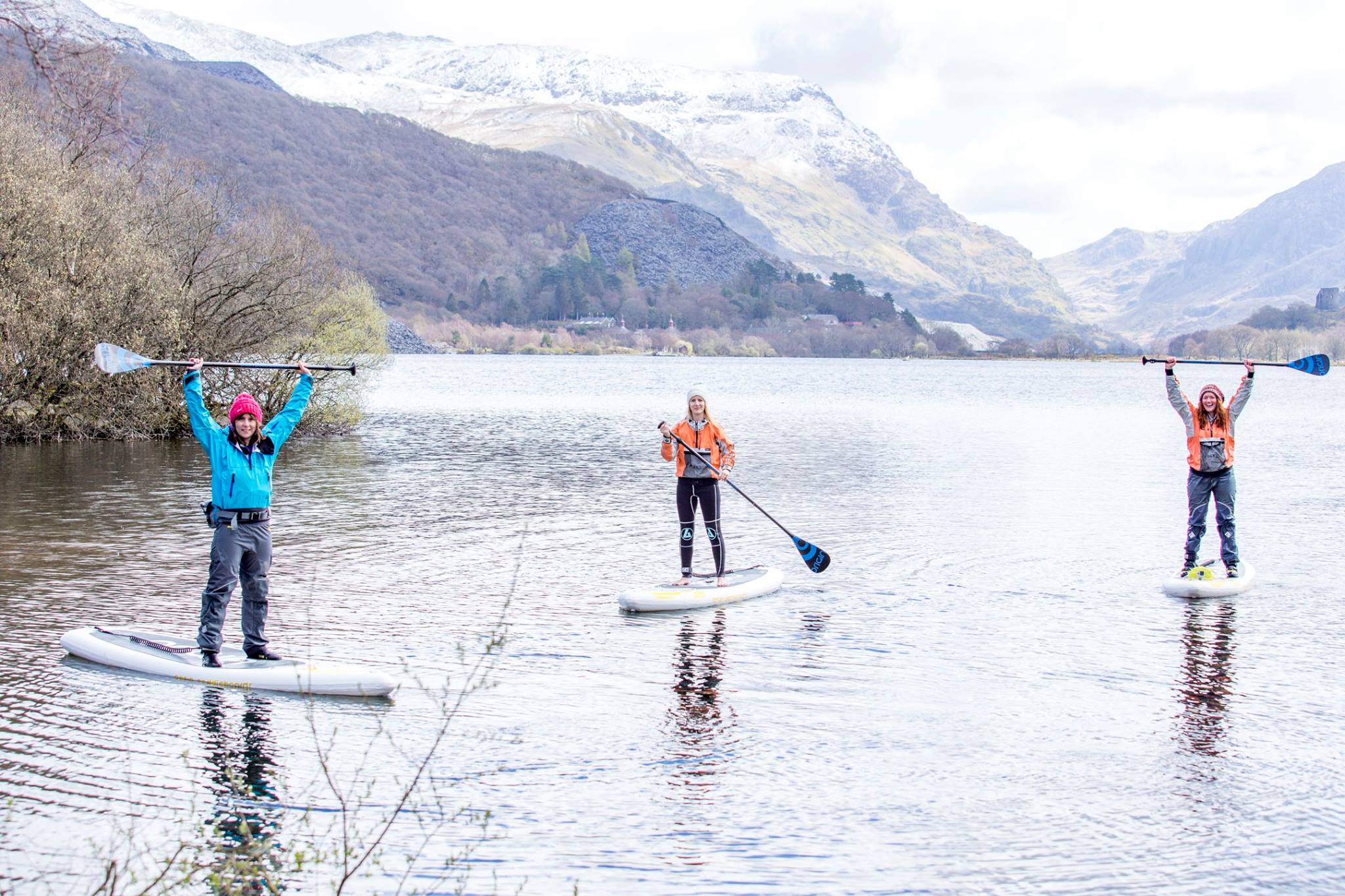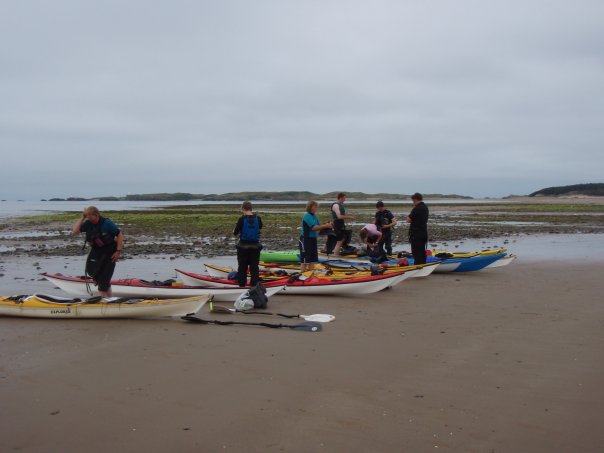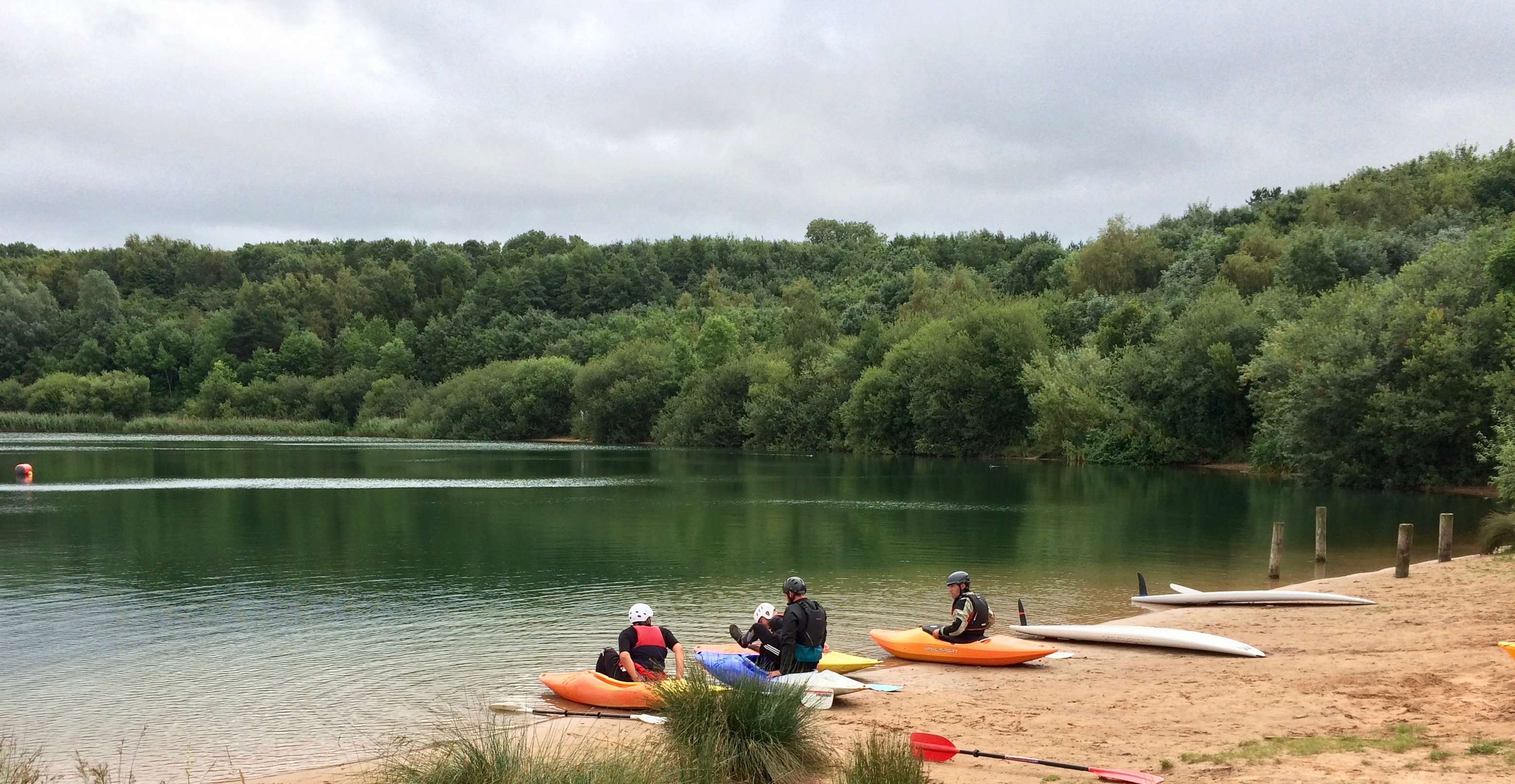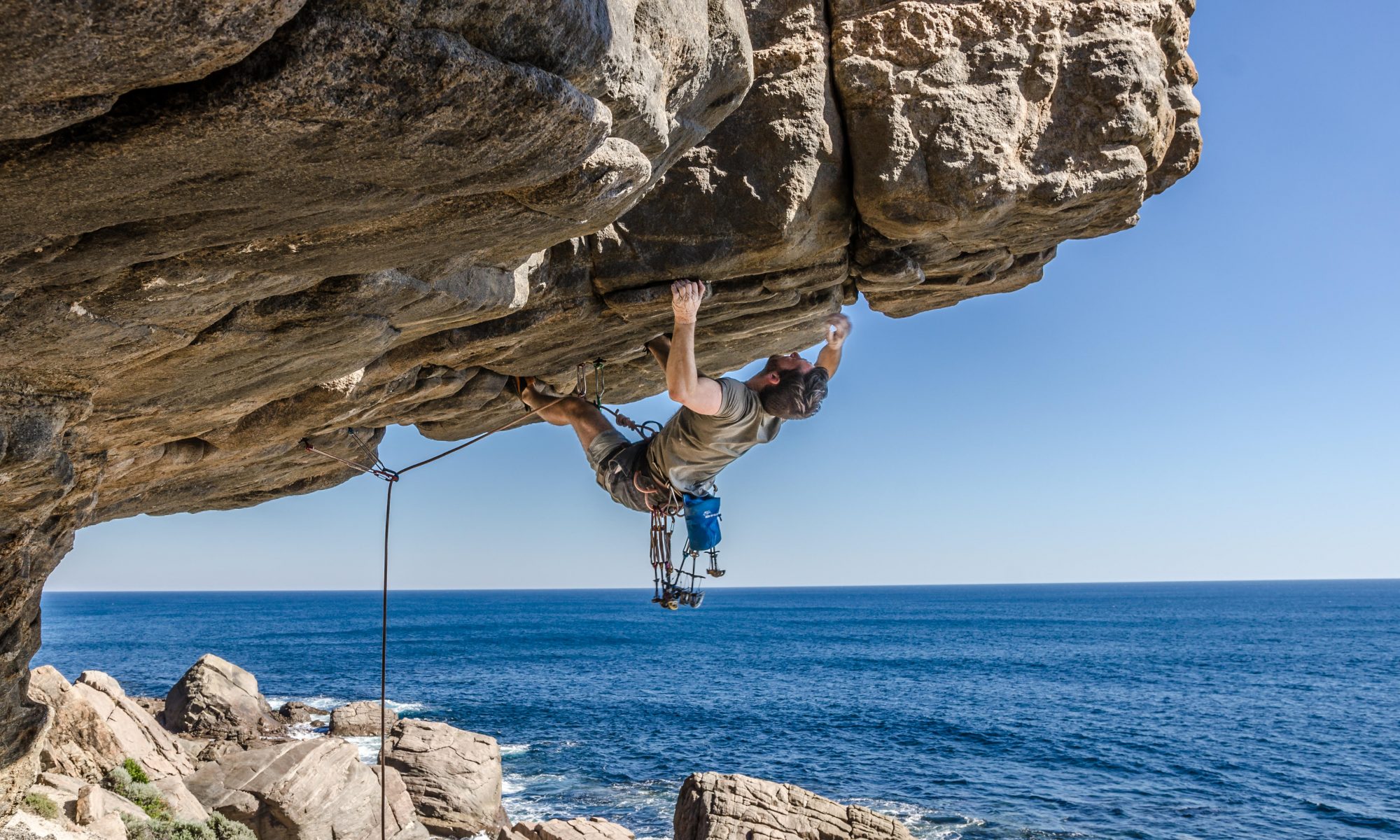Optimal learning environments
In parts one and two, we looked at how to create learning environments that lead to more self-motivated, happy, healthy, individuals! These articles are written primarily to help coaches, coach educators and leaders in adventure and other sports. However, all of the concepts can be applied to you as a learner, participant or parent seeking to improve your skill and motivation, and to feed your passion!
 Needs-supportive coaching behaviours have an impact on motivation. Sian of ‘Psyched Paddleboarding’ coaching on the beautiful Llyn Padarn. Photo by ‘Two For Joy Photography’.
Needs-supportive coaching behaviours have an impact on motivation. Sian of ‘Psyched Paddleboarding’ coaching on the beautiful Llyn Padarn. Photo by ‘Two For Joy Photography’.
In these next two sections, we will explore whether motivationally supportive learning environments can also improve skill acquisition, or do we need to choose between them? Be happy and motivated, or be skilful? Most of you will be familiar with the term learner-centred coaching, but what does it mean, and why is it important? In this article, we will look at some of the most recent learner-focused research into coaching sports skills. Most of this research comes from attempts to understand what happens when the coach stops making all the decisions and starts to give the learner more autonomy as part of developing a motivationally supportive learning environment. When both motivation and skill are supported, we can have an optimal learning environment.
A quick recap of motivation and participation
In the first two parts of this article, we learnt that the satisfaction of our psychological needs for autonomy, competence and relatedness will determine our motivation and enjoyment. This will either increase or decrease our self-determination. In other words, it will determine whether we are likely to carry on doing something. The exciting (and scary) part for us as coaches is that our needs-supportive coaching behaviours directly influence whether those we coach will think that their needs are being satisfied. This will then have an impact on their level of motivation and self-determined behaviour.
How can we make sure that we are not accidentally de-motivating others instead of being the inspirational coach or leader that we aspire to be?

A group making decisions about the next stage of their learning expedition around Ynys Mon. Photo by Sam Davies.
We concluded (in part 2) that a needs-supportive coach will provide choices where possible, well-structured sessions, give a rationale for the activities, and acknowledge the feelings and perspectives of their learners. They will provide opportunities for initiative taking, give non-controlling competence feedback, and communicate using non-controlling language. They will also avoid using controlling behaviours, rewards or promoting ego orientated involvement. This means that a needs-supportive coach is doing a lot!
To keep the language simple I am going to refer to the coaching behaviours as needs-supportive, and the environment that this creates as an optimal learning environment.
Can motivational factors also affect learning?
Intuitively, this seems like a really silly question to ask, because, it would seem to be an obvious “yes”. Even without any short term learning advantages from an optimal learning environment, practice conditions that increase self-motivation (self-determined behaviour) will also increase the likelihood of continued engagement. And we know that becoming skilful requires a considerable amount of continued engagement!3 It requires many years of deep practice. So, even without any short term learning benefits, creating optimal learning environments is really powerful and important.
There is a substantial amount of recent evidence that suggests that providing needs-supportive coaching, particularly autonomy support, can also result in significantly better learning9. It changes the way we learn. This article will explore this exciting concept and in the next part, we will look at an example of how it would work in the structuring practice schedules. We will look at how and why giving your learners ‘choices’ could not only increase their motivation and commitment, but also improve their learning.
Who is making the decisions?
Within more traditional sports, as well as adventure activities, deliberate practice has typically consisted of coach-led sessions. In a coach-led session, the coach makes all the decisions. The coach defines the learning environment and provides the technical and tactical content considered necessary for developing skilful performance3. The research that guided this practice paid little attention to how coaches could support the needs of those they coached11. In fact, motor learning research did not consider motivation at all until recently. There appears to have been an assumption that in sports settings people are already self-motivated. Motivation was, therefore, something that was only important if someone did not have any at all. (And then, only to get people active who needed to be for health reasons.)
Thankfully, there has been a recent change in focus. Both researchers and practitioners have moved away from considering movement learning as just being about how a coach can effectively impart information. This wider view has resulted in an approach that is more learner-focused.

Preparing for a coaching session. Will it be coach led or learner-centred? Photo by Marianne Davies.
A learner-focus not only considers the task constraints of a sports skill (technical and tactical), but also the environment in which the skill is performed, and most importantly, all of the nuances (including motivational ones) of the individual who is performing it6.
This learner-centred focus has resulted in a growing number of studies that have examined the effects of individualising the learning environment. Interestingly, the most consistent finding is that individualisation is most effective when the learner is the one making the decisions about what or how to individualise. So, instead of the coach choosing how to individualise all aspects of the learning environment, for example, skill difficulty or progressions through practice schedules; the learners are supported to make their own choices within defined and structured frameworks. These studies have not only found an increase in motivation when learners are given more autonomy and decision making, but also a significant increase in skill acquisition when measured in retention tests.
Giving the learner choices
Let’s go back to our list of needs-supportive coaching behaviours.
How can a coach provide choices? Give the rationale for activities? Provide opportunities for initiative taking, and promote a mastery orientated involvement? And how can they do all of this as well as individualising the sessions for those they are coaching?
One way is to allow those they coach to choose their own level of skill difficulty or practice schedule challenge. This is known as ‘self-pacing’. The coach has a responsibility to ensure that the range of tasks and levels are appropriate, well structured and have the opportunity for progression. They also need to ensure that the learners have the information they need, and the skill level necessary, to make their decisions9.
When those who are learning have more decision making responsibility they are also able to start making supported judgements and develop the capacity to become more responsible for their own practice. This is likely to have a very large and positive impact on the practice they can do outside of coached sessions. The nature of adventure and equestrian sports makes this particularly relevant due to the high level of risk, along with a lack of rules, boundaries and structure. All of this necessitates a high level of autonomy and confidence. So the focus becomes about coaching for redundancy.
In part 4, we will explore using self-pacing in more detail by going through an example.
Find us at www.Dynamics-Coaching.com
Acknowledgements:
A very big thank you to everyone who proofread this for me. To Rosie Cripps, Sam Davies, and Greg Spencer.
References:
- https://wp.me/pahSPq-w
2. Davids, K., Button, C., & Bennett, S. (2008). Strategies for Structuring Practice. In K. Davids, C. Button, & S. Bennett, Dynamics of Skill Acquisition: A Constraints-led Approach (pp. 164-167). Champaign, US: Human Kinetics.
3. Ericsson, K. A., Krampe, R. T., & Tesch-Römer, C. (1993). The role of deliberate practice in the acquisition of expert performance. Psychological Review, 100(3), 363-406.
4. Guadagnoli, M. A., & Lee, T. D. (2004). Challenge Point: A Framework for Conceptualizing the Effects of Various Practice Conditions in Motor Learning. Journal of Motor Behaviour, 36(2), 212-224.
5. Hooyman, A., Wulf, G., & Lewthwaite, R. (2014). Impacts of autonomy-supportive versus controlling instructional language on motor learning. Human Movement Science, 36, 190-198.
6. Jang, R., Reeve , J., & Halusic, M. (2016, January 26). A New Autonomy-Supportive Way of Teaching That Increases Conceptual Learning: Teaching in Students’ Preferred Ways. Journal of Experimental Education, 84(4), 686-701.
7. Keetch, K. M., & Lee, T. D. (2007). The effect of self-regulated and experimenter-imposed practice schedules on motor learning for tasks of varying difficulty. Research Quarterly for Excercise and Sport(78), 476-486.
8. Post, P. G., Fairbrother, J. T., & Barros, J. A. (2011). Self-Controlled Amount of Practice Benefits Learning of a Motor Skill. Research Quarterly in Excercise and Sport, 82(3), 474-481.
9. Sanli, E. A., Patterson, J. T., Bray, S. R., & Lee, T. D. (2013). Understanding self-controlled motor learning protocols through the self-determination theory. Frontiers in Psychology, 3(611), 1-17.
10. Smith, P. J., & Davies, M. J. (1995). Applying contextual interference to the Pawlata roll. Journal of Sports Sciences, 13, 455-462.
11. Wulf, G., & Lewthwaite, R. (2016). Optimizing Performance through Intrinsic Motivation and Attention for Learning: The OPTIMAL theory of motor learning. sychonomic Bulletin & Review, 23, 1382-1414.
12. Wulf, G., Clauss, A., Shea, C. H., & Whitacre, A. C. (2001). Benefits of Self-Control in Dyad Practice. Research Quarterly for Exercise and Sport, 72(3), 299-303.
Discover more from Dynamics Coaching
Subscribe to get the latest posts sent to your email.

